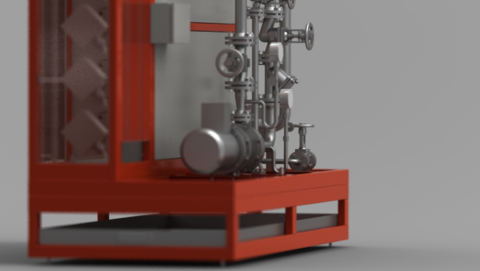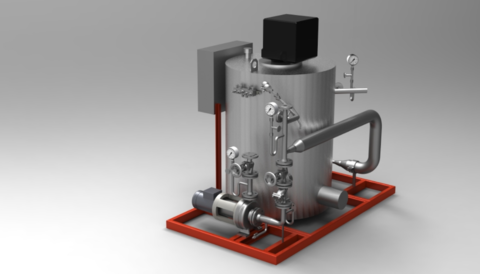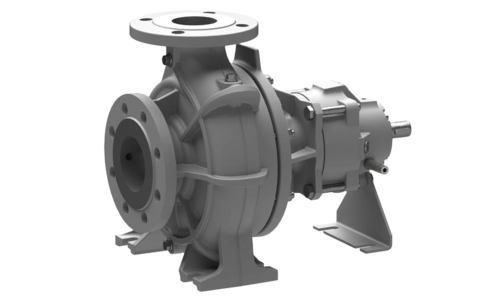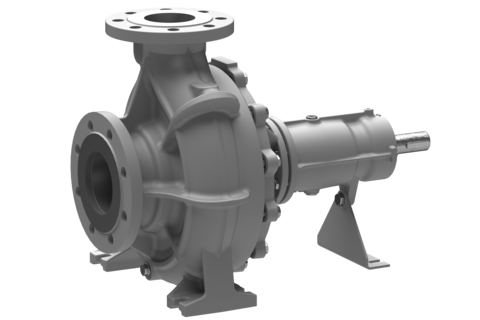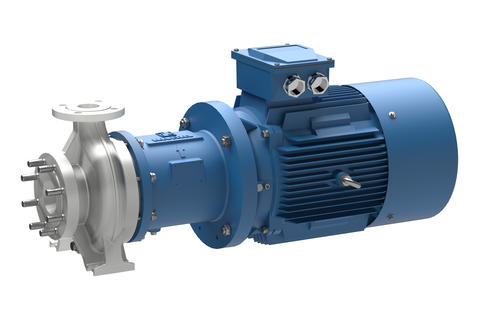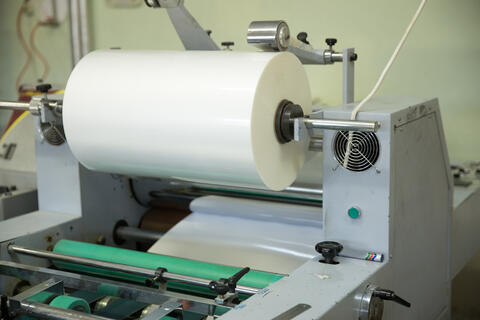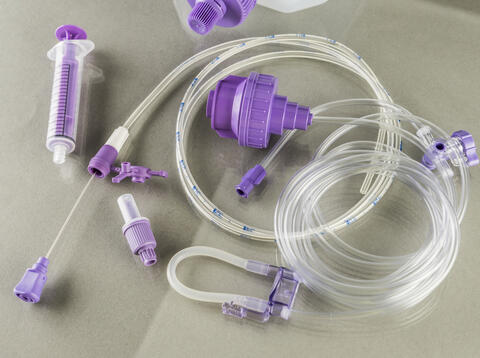Pumps are the heart of heat-transfer plants
Manufacturers in a variety of industries depend on heat-transfer plants to heat or cool their machines and apparatus. German firm heat11 GmbH & Co. KG specializes in heat-transfer plants of virtually all types. The chemical industry uses their installations for controlling the temperature of reactors and during the production of color pigments and liquid crystals. In the plastics industry, heattransfer plants are essential for producing polyethylene terephthalate (PET) and in the production of CDs and DVDs. But recently, according to heat11’s Managing Director Dietmar Hunold, heat recovery has become an increasingly important application.
Oil or water?
Operators considering the use of a heat-transfer plant must answer a fundamental question: water or oil as the heat-transfer liquid? If the answer is oil, then they must choose between petroleum-based and synthetic varieties. Since oil can be used up to 350 °C without pressurization, it is commonly used in applications over 200 °C in order to avoid the high pressures associated with water vapor. As a result, the entire system can be constructed with thinner walls. Oil also does not have the corrosive properties of water. By contrast, at 200 °C water exhibits a pressure of 16 bar; at 250 °C, the pressure reaches 40 bar.
For applications that require temperatures of between 350 and 400 °C (such as ground preparation or manufacturing of semiconductors and printed circuits), synthetic oil is the only choice.

